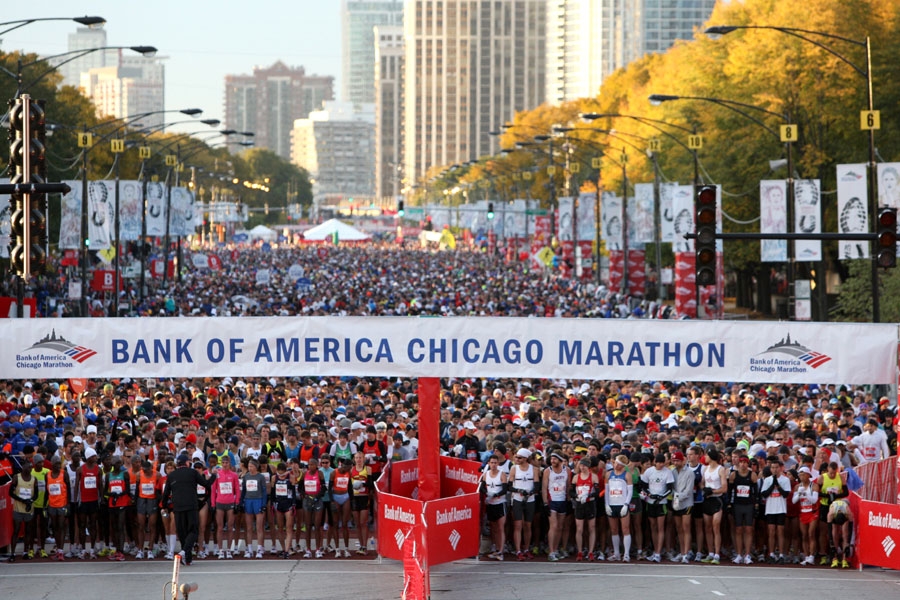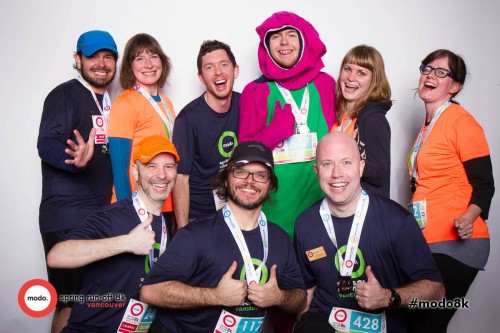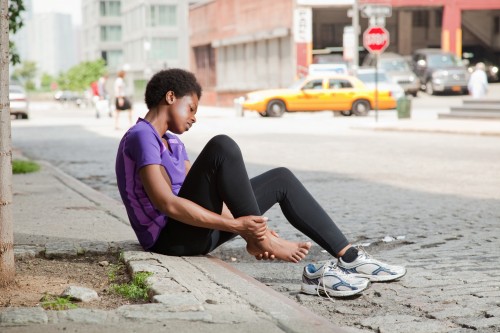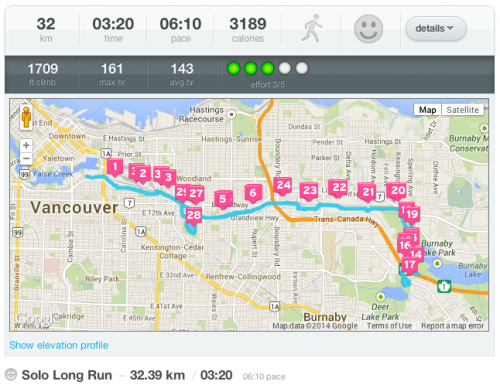 I just submitted my entry into the 2014 Bank of America Chicago Marathon registration lottery. Fingers crossed! I’ll learn on April 14th.
I just submitted my entry into the 2014 Bank of America Chicago Marathon registration lottery. Fingers crossed! I’ll learn on April 14th.
If I’m selected, it will be a memorable way to celebrate my big 4-0!

Last weekend I ran my second race of the year, the Modo Spring Run-Off Vancouver 8K. Going into this training cycle, it wasn’t a run that I had planned on running. My goal is to race less this year and focus more on peaking for my ‘A-races,’ like the BMO Vancouver … Continue reading

Many of us are about midway through our spring training cycle. This is about the time the we start worrying about injuries. It is important to respond immediately to any aches or pains. Sometimes, simply taking an extra rest day rest day is all that is needed. If pain continues … Continue reading

Solo Long Run I have a race tomorrow, so had to do this week’s long run to Deer Lake alone. I got a bit lost in the middle, and my iPhone battery died with 1.5 k left, but otherwise a pretty good run. The rain was light for most of … Continue reading
 I just submitted my entry into the 2014 Bank of America Chicago Marathon registration lottery. Fingers crossed! I’ll learn on April 14th.
I just submitted my entry into the 2014 Bank of America Chicago Marathon registration lottery. Fingers crossed! I’ll learn on April 14th.
If I’m selected, it will be a memorable way to celebrate my big 4-0!
Keeping with my new marathon shoes theme this week, here are some tips on how to choose your next pair of running shoes.
Trail Running Shoes
Pronation affects the sideways motion of your foot as it propels the foot forward
ROLL IN (over pronate): Choose shoes with motion control and extra stability
ROLL OUT (under pronate): Choose shoes with cushioning and flexibility
The height of your arch can affect the direction your ankles roll (pronation):
Like tires, outsoles are designed to accommodate certain surfaces.
Keep track of your speed and distance to determine the lifespan of your running shoes.
An average running shoe lasts between 300 and 500 miles, or 3-4 months.